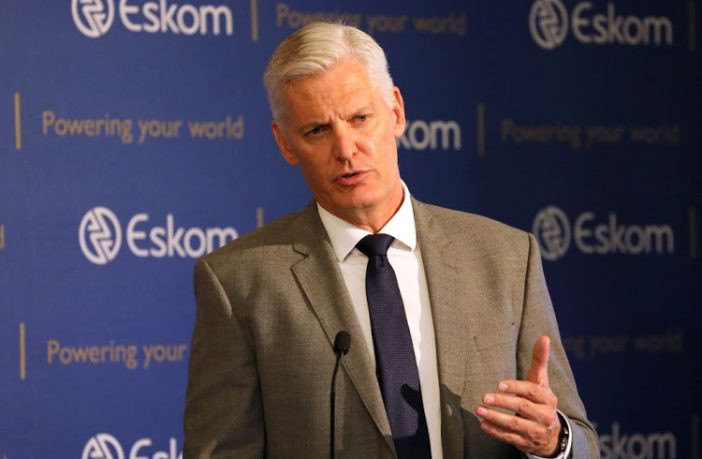- South Africa’s state owned energy utility Eskom, continues to haemorrhage financially on the back of unsustainable debt despite reducing its gross debt by R81.9 billion (a 16.9% reduction), to an outstanding debt of R401.8 billion.
- The organisation’s debt attracted a net finance cost of R31.5 billion this past financial year, turning an operating profit of R5.8 billion into a loss of R18.9 billion after tax.
Key Features of the Results for Financial Year ended March 2021
- Gross outstanding debt reduced by R81.9 billion, with government support of R56 billion contributing towards debt servicing
- Gearing improved to 67%, from 71% a year earlier
- Cost savings of R14.4 billion achieved against the target of R14.1 billion
- Revenue growth improved to R204.3 billion due to a 8.76% tariff increase
- COVID-19 pandemic negatively impacted performance, sales volumes down 6.7%
- Decline in EBITDA to R32.8 billion due to lower sales volumes and increased costs
- Operating profit (EBIT) of R5.8 billion realised despite challenging environment
- Net debt service cost of R31.5 billion, results in a net loss after tax of R18.9 billion
- Headcount reduced by 4.5%, without forced retrenchments; no annual increases or bonuses for management
Key Takeaways
Eskom is working towards achieving legal separation of the Transmission entity. A number of dependencies are lagging behind, putting the finalisation of separation of the Transmission entity by 31 December 2021 at significant risk. The legal separation of the Generation and Distribution entities will be finalised within the 2022/2023 financial year.
Related news: Medupi Hydrogen Explosion – 800MW generator damaged
Despite the COVID-19 lockdown, 106 669 new customers were connected to the grid under the Department of Mineral Resources and Energy’s (DMRE) electrification programme.
Eskom Chief Financial Officer, Calib Cassim stated that Eskom’s liquidity remained a concern due to the high cost of servicing the outstanding debt, working capital requirements, escalating municipal arrear debt, and sub-investment grade level credit ratings, among other factors. “This picture is likely to remain unchanged in the short- to medium-term, however, reliance on government support mitigates the material uncertainty regarding Eskom’s status as a going concern,” said Cassim.
Outstanding municipal debt rose 26% to R35.3 billion in the period. To address this, among other challenges, Eskom is working closely with the Political Task Team led by the Deputy President. Eskom is also pursuing active partnership agreements with some of the municipalities, in which it hopes to arrest the spiral in outstanding debt.
“Cost savings alone is not a solution. Eskom’s capital position must be resolved. Cost-reflective tariffs and resolving the municipal arrear debt are required to achieve the successful implementation of Eskom’s turnaround and to ensure long-term financial sustainability. For its part, Eskom continues its concerted effort to reduce the debt and to improve gearing,” said Cassim.
Eskom has so far secured R16.2 billion of its R41.6 billion funding requirement for the 2022 financial year.
Author: Bryan Groenendaal















